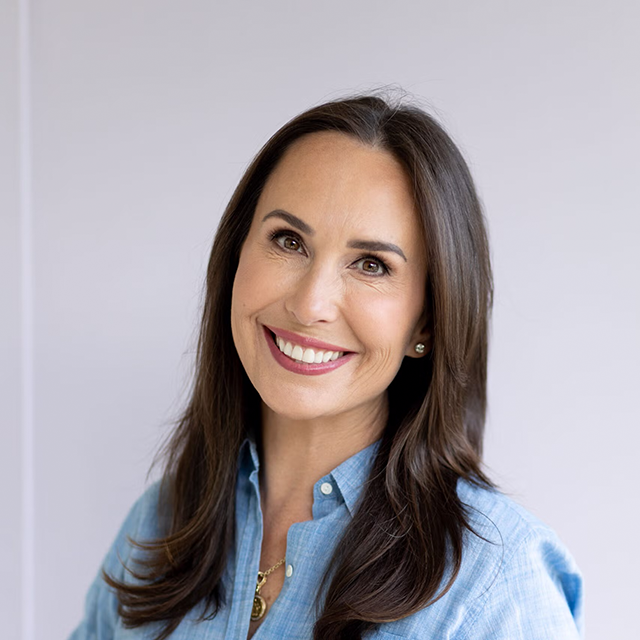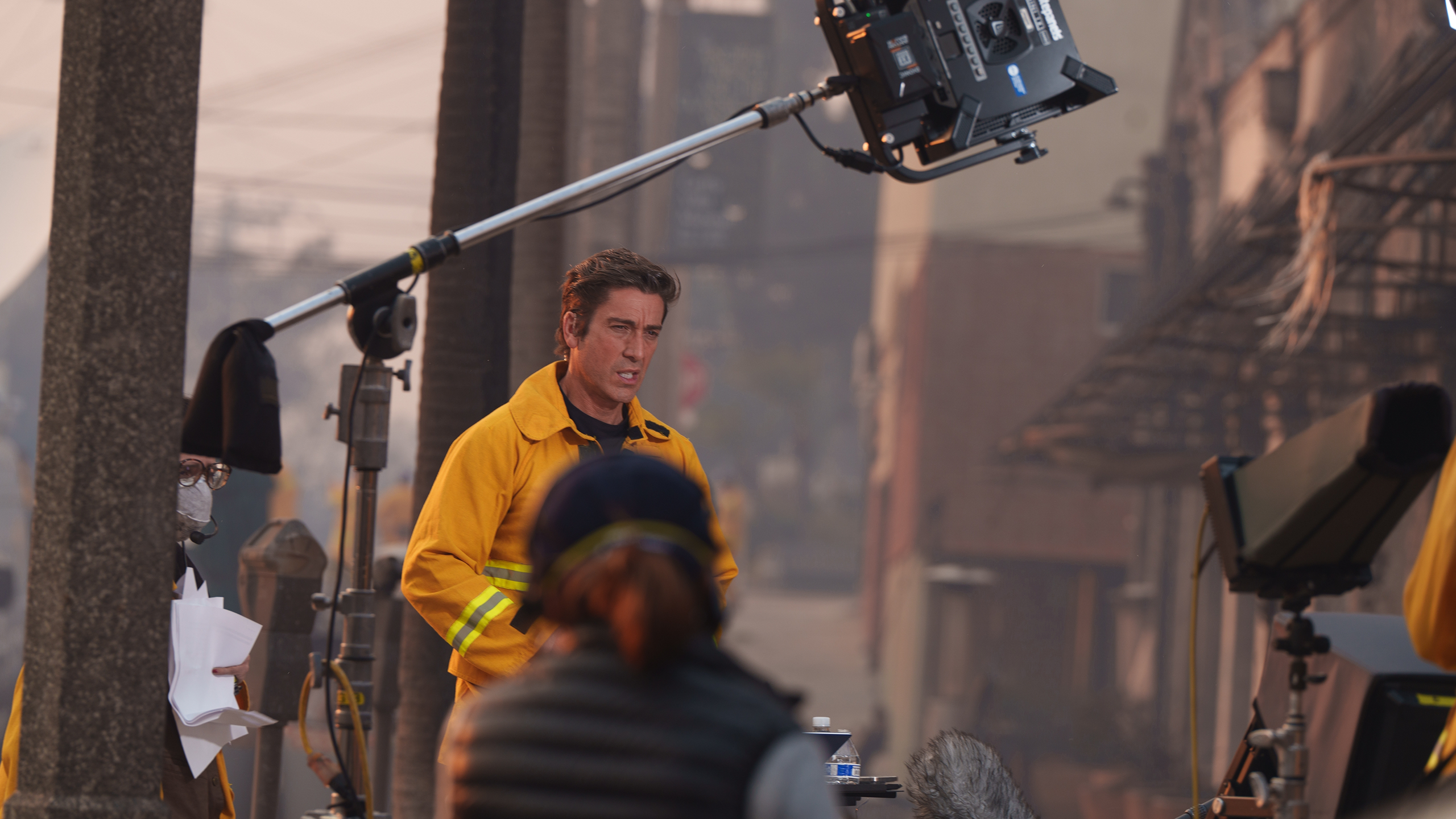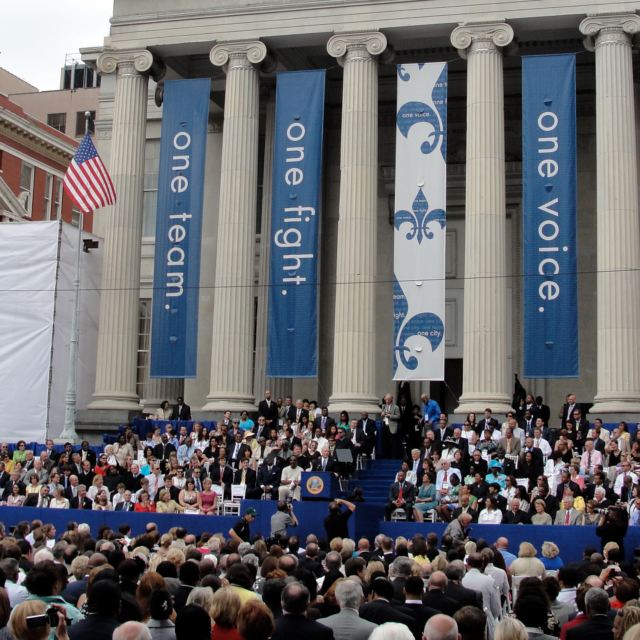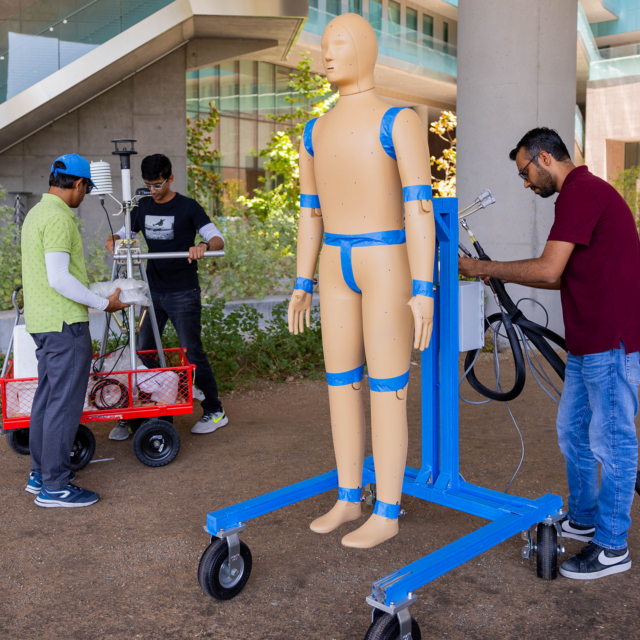Listen and subscribe to us on your favorite podcast platform:
I think when it’s at your doorstep, when you’re covering it for your community, you’re covering it for a different reason. And this I clearly understand. But if you are talking about why this happened, you’ve got to talk about climate change.
Allison Agsten, Director of the Annenberg Center for Climate Journalism and Communication
Compelling communication about risks and necessary actions is of special interest throughout the Ten Across geography. As we continue to follow the course of recent wildfires in the Los Angeles area, we took a closer look at journalism on the ground– reporters doing their best to convey urgent information at multiple and sometimes personal scales.
On the heels the hottest 12 months in recorded history, parts of the Los Angeles metro burned during most of January. Ten months of abnormally dry conditions in the city were preceded by two very wet winters. Scientists refer to this increasingly common phenomenon as hydroclimate volatility or whiplash. It has been shown to be aggravated by climate change, and in Southern California, it creates the essential ingredients for large-scale wildfire.
As inaugural director of the Annenberg Center for Climate Journalism and Communication at the University of Southern California, Allison Agsten’s job is to study how the news media and other communication professionals are informing audiences of climate change risks and impacts. In 2023, we invited her to share this important work and to lead our Climate Communications workshop at our Ten Across Summit in Los Angeles.
Allison is, unfortunately, also a recent survivor of the Palisades Fire conflagration.
As her neighborhood burned and the media converged around her home last month, she conducted some research in real time by asking them whether their reports would cover the ways climate change influenced the disaster. In this episode, we’ll hear what they had to say and what Allison believes this means for the future of climate journalism in the U.S.
Related articles and resources:
“What I Learned from LA Reporters Covering the Fires” (Allison Agsten, USC Annenberg Center for Climate Journalism and Communication blog)
“The media needs to show how the climate crisis is fueling the LA wildfires” (The Guardian Opinion, January 16, 2025)
“US Speaker suggests withholding disaster aid over California immigration policies” (9 News, January 23, 2025)
“How partisan news outlets frame vested interests in climate change” (Journal of Environmental Management, February 2025)
“Consuming cross-cutting media causes learning and moderates attitudes: A field experiment with Fox News viewers” (Center for Open Science, 2023)
“What We Can Learn from the LA Fires with Char Miller” (Ten Across Conversations podcast, January 30, 2025)
“Urban Expert Bill Fulton’s Perspective of How LA Can Rebuild Following the Fires” (Ten Across Conversations podcast, January 15, 2025)
“NOAA Meteorologists Reflect on This Year’s Historic Atlantic Hurricane Season” (Ten Across Conversations podcast, November 22, 2024)
Guest Speaker

Allison Agsten is the inaugural director of the Annenberg Center for Climate Journalism and Communication at the University of Southern California. She is also the executive producer of the Electric Futures podcast and inaugural curator of the USC Wrigley Institute for Environmental and Sustainability. Allison is also a former producer at CNN, former director of communications for the Los Angeles County Museum of Art and former curator of public engagement at the Hammer Museum.





